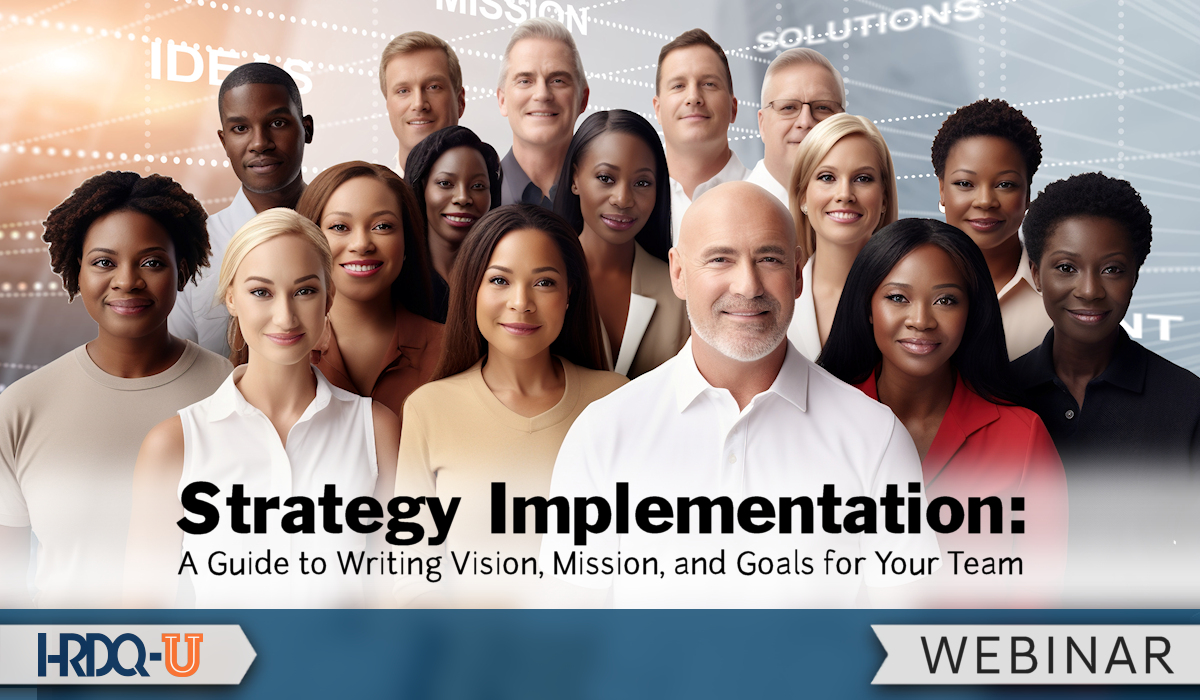Understanding the significance of strategic planning is the first key to unlocking its potential. At its core, strategic planning is about setting a clear direction for the future and making informed decisions that align with long-term objectives. Whether you’re a budding entrepreneur, a manager, or an individual looking to plan your personal goals, strategic planning is a crucial business practice that provides the framework for achieving success.
To build a case for having a robust plan, here are the top benefits of having a plan in place!
10 Benefits of a Strategic Plan
Clear Direction: A strategic plan provides a clear roadmap for the organization’s future direction. It outlines the mission, vision, goals, and objectives, ensuring that all stakeholders understand the organization’s purpose and where it is headed in the long term.
Alignment of Resources: With a strategic plan in place, resources such as financial capital, human capital, and time can be allocated more effectively. Decision-making processes become streamlined as initiatives are evaluated based on their alignment with the strategic objectives outlined in the plan.
Enhanced Decision-Making: Strategic planning encourages proactive decision-making by considering long-term implications and potential consequences. It provides a framework for evaluating opportunities and risks, enabling organizations to make informed decisions that support their overall strategic goals.
Improved Performance: Organizations with a strategic plan often experience improved performance and productivity. Clear goals and objectives help to focus efforts and resources, leading to greater efficiency and effectiveness in achieving desired outcomes.
Adaptability and Resilience: Strategic plans incorporate mechanisms for monitoring and adapting to changes in the internal and external environment. This adaptability fosters resilience, allowing organizations to navigate challenges, seize opportunities, and remain competitive in a dynamic business landscape.
Stakeholder Engagement: A well-developed strategic plan facilitates communication and engagement with stakeholders, including employees, customers, investors, and partners. By involving stakeholders in the strategic planning process, organizations can build consensus, foster commitment, and generate support for strategic initiatives.
Innovation and Growth: Strategic planning encourages innovation and growth by identifying new opportunities for expansion, diversification, or differentiation. It provides a framework for exploring emerging trends, technologies, and markets, enabling organizations to stay ahead of the curve and capitalize on future opportunities.
Organizational Learning: The strategic planning process promotes organizational learning and continuous improvement. Through regular reviews and evaluations, organizations can assess the effectiveness of their strategies, identify lessons learned, and make adjustments to enhance future performance.
Risk Management: Strategic plans include risk management strategies to anticipate and mitigate potential threats to the organization’s success. By identifying risks and developing contingency plans, organizations can minimize the impact of adverse events and maintain operational stability.
Long-Term Sustainability: Ultimately, a strategic plan contributes to the long-term sustainability and viability of the organization. By setting ambitious yet achievable goals and taking deliberate actions to pursue them, organizations can position themselves for long-term success and ensure their continued relevance and impact in the marketplace.
Steps of Creating and Implement a Strategic Plan
Embarking on the journey of strategic planning as a business practice involves several essential steps. Begin by defining your mission, vision, and values – the pillars upon which your strategy will rest. These elements serve as the foundation, guiding decision-making and shaping the identity of your venture. With a clear purpose in mind, use a SWOT analysis to identify your Strengths, Weaknesses, Opportunities, and Threats. This introspective process illuminates areas for improvement and avenues for growth.
The next crucial phase involves setting specific, measurable, achievable, relevant, and time-bound (SMART) goals. These goals act as milestones, marking your progress and providing a tangible framework for success. Additionally, prioritize initiatives and allocate resources wisely to ensure the efficient execution of your strategy.
Communication is paramount throughout the strategic planning process. Ensure that your team, stakeholders, or collaborators are aligned with the strategy to foster a collective understanding and commitment to shared goals. Regularly review and adapt your strategy to stay responsive to changing circumstances and seize emerging opportunities. Getting everyone on board with a strategic plan requires effective communication, engagement, and alignment of interests. Here are three ways to achieve this, along with the aspects that stakeholders typically look for in a strategic plan:
Transparent Communication: Communicate the strategic plan transparently to all stakeholders, ensuring that they understand the organization’s vision, goals, and objectives. Use clear and concise language, avoiding jargon or technical terms that may be unfamiliar to some stakeholders. Provide opportunities for questions, feedback, and clarification to ensure that everyone has a comprehensive understanding of the strategic plan and its implications for the organization.
Inclusive Participation: Involve stakeholders in the strategic planning process to foster a sense of ownership and commitment. Seek input from diverse perspectives, including employees, customers, investors, and community members. Encourage active participation through workshops, focus groups, surveys, or town hall meetings where stakeholders can contribute their ideas, concerns, and aspirations. By involving stakeholders in the planning process, you can build consensus, generate buy-in, and increase the likelihood of successful implementation.
Alignment with Individual Goals and Values: Demonstrate how the strategic plan aligns with the individual goals and values of stakeholders. Highlight how achieving the organization’s strategic objectives will contribute to their personal or professional aspirations. Emphasize the shared purpose and values that unite stakeholders with the organization’s mission and vision. Tailor messaging and engagement efforts to resonate with the specific interests, concerns, and motivations of different stakeholder groups, demonstrating how they stand to benefit from the successful execution of the strategic plan.
By breaking down these strategic planning fundamentals, this guide aims to empower you with the confidence to implement this crucial business practice. Remember, strategic planning is not a one-size-fits-all approach – tailor it to suit your unique context, and let it be the compass guiding you toward your desired destination.













